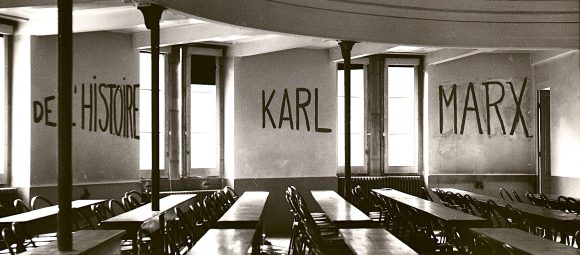1968: The Year Culture Broke Its Frame
Part II – Art, Music, and the Revolution of Perception
If politics in 1968 was a street battle, culture was a laboratory explosion.
The same energies that sent students into the boulevards of Paris and tanks into Prague also ignited canvases, cameras, guitars, and screens. The world began to look and sound different: artists abandoned the frame, filmmakers tore down the fourth wall, and musicians turned electric feedback into poetry.
For one dazzling year, the imagination refused to obey.
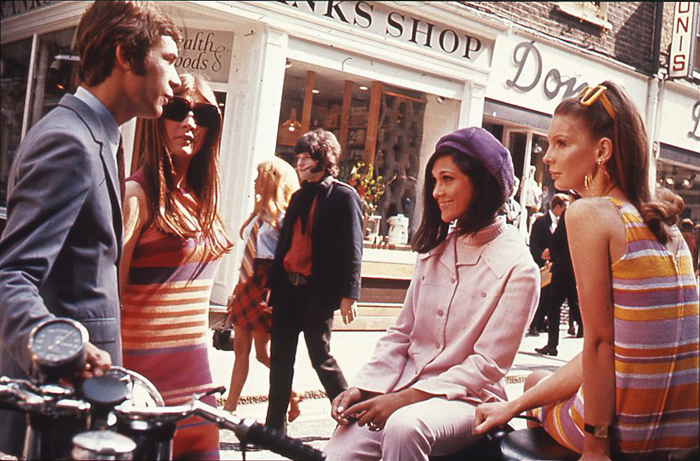
Carnaby Street, London, 1960s
1 – The New Medium: Video and the Moving Image
Television had conquered the living room; artists decided to conquer television.
In Kassel’s Documenta 4, a Korean-German visionary named Nam June Paik presented blinking cathode tubes as living sculptures. What had been a tool of mass communication became an instrument of irony, meditation, and critique. Alongside him, young experimenters such as Bruce Nauman and Vito Acconci began filming their own bodies performing repetitive gestures – art reduced to pure presence and time.
The first exhibitions of video art in New York, Düsseldorf, and Tokyo marked a historic crossing: the birth of art made for the screen rather than simply about it.
From this moment onward, the image would never again be still.
2 – Concept Becomes Art
While television flickered, language itself became sculpture.
Artists like Joseph Kosuth, Sol LeWitt, and Lawrence Weiner declared that the idea, not the object, was the artwork. “The work of art is the definition of art,” Kosuth wrote in 1968. At Seth Siegelaub’s gallery in New York, they replaced walls with words and objects with instructions.
In Europe, Daniel Buren and Art & Language pursued a similar path. The “dematerialization of the art object” mirrored a larger social wish: to escape ownership, to question authority, to dissolve boundaries between artist and audience.
Art became thought, participation, and doubt.
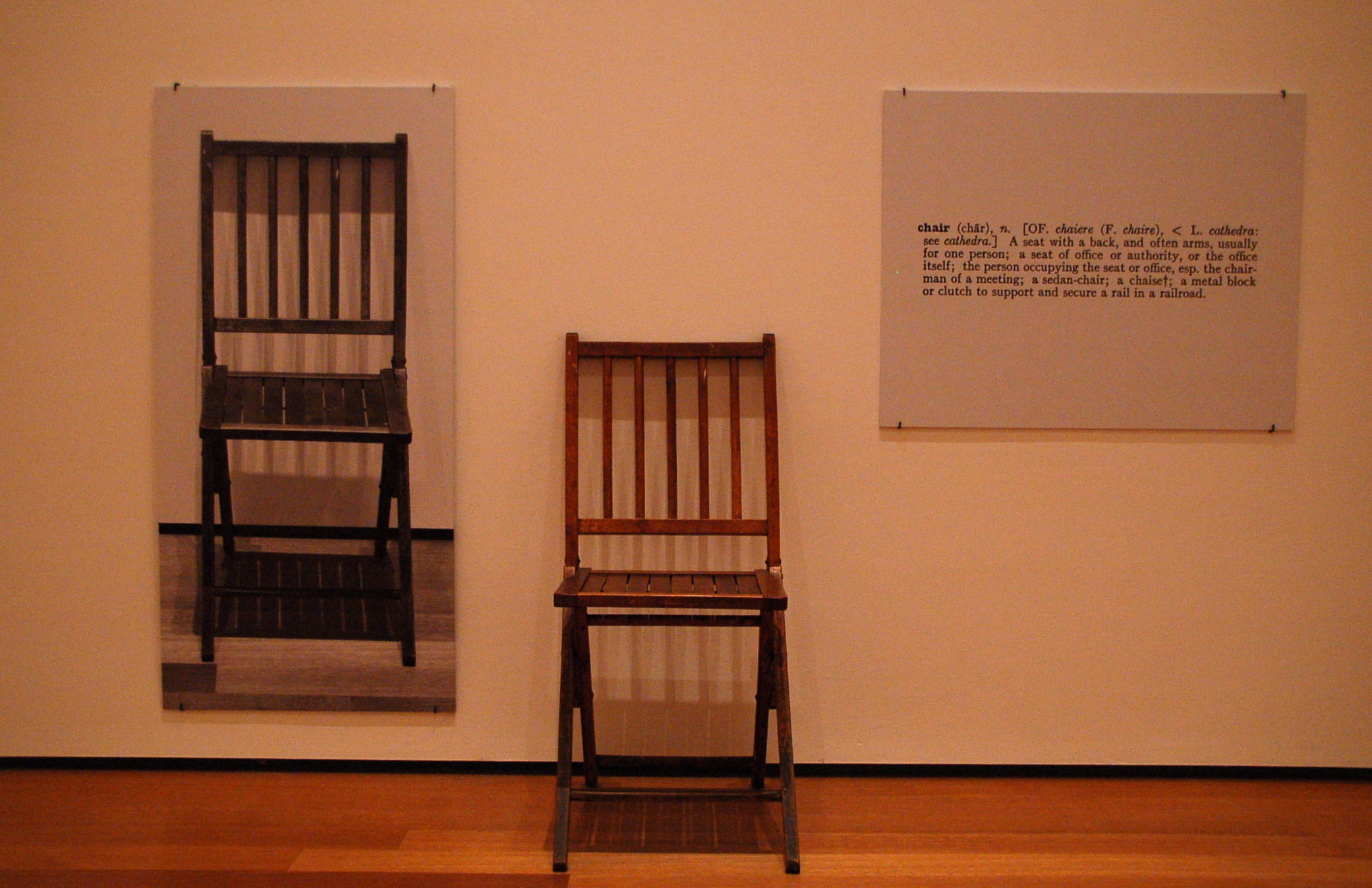
Joseph Kosuth, One and Three Chairs (1965). Foto by Gautier Poupeau
3 – Performance, Body, and Protest
The stage, too, became a battlefield. Yayoi Kusama organized naked “body happenings” in New York’s Central Park to protest the Vietnam War. Carolee Schneemann mixed eroticism and ritual in Meat Joy and Interior Scroll. Across Europe, Joseph Beuys proclaimed that “every man is an artist,” turning pedagogy into performance.
The body replaced the canvas; gesture replaced composition.
In an age of surveillance and repression, to move freely became a political act.
4 – Cinema: The Camera Joins the Revolution
If the streets belonged to the protesters, the camera belonged to Godard, Marker, and Forman.
In France, the May ’68 uprisings interrupted the Cannes Film Festival itself — filmmakers physically occupied the projection rooms. Soon after, Godard formed the Dziga Vertov Group, crafting militant, collective cinema.
Elsewhere, film reinvented its language:
— Stanley Kubrick’s 2001: A Space Odyssey opened a cosmic door – a new visual grammar of silence, abstraction, and symphonic time.
— Roman Polanski’s Rosemary’s Baby exposed suburban paranoia.
— Lindsay Anderson’s If… turned the English boarding school into a powder keg.
— Miloš Forman and the Czech New Wave captured a fleeting freedom before Soviet tanks silenced it.
Cinema no longer promised escape; it demanded awareness.
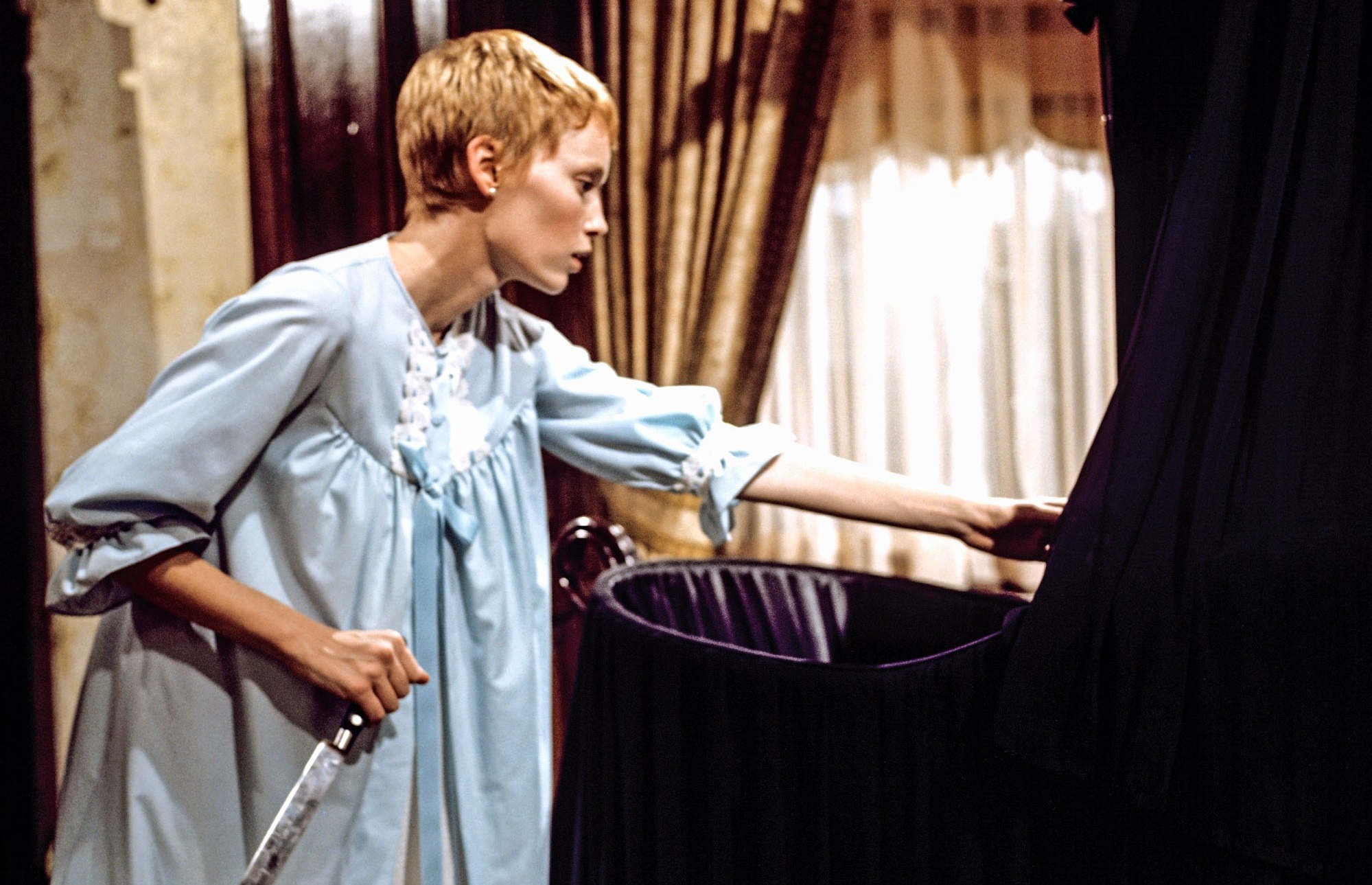
Mia Farrow as Rosemary
5 – Music: From Psychedelia to Protest
Sound became the global bloodstream of rebellion.
The Beatles’ White Album mirrored the fragmentation of the age – serenity beside chaos, nursery rhyme beside avant-garde.
Jimi Hendrix’s Electric Ladyland electrified blues into cosmic energy; The Doors and Janis Joplin turned performance into ritual trance.
In Detroit, Motown carried the optimism of Black America even as its leaders mourned King’s death.
In Prague, underground rock became resistance; in Japan, free jazz met Zen.
Meanwhile, composers such as Steve Reich and Karlheinz Stockhausen pushed repetition and electronics to minimalist extremes. Music was no longer simply heard — it was inhabited.
6 – Words, Ideas, and the Birth of Theory
While amplifiers screamed, philosophers dismantled the very notion of truth.
Roland Barthes proclaimed “the death of the author.”
Foucault and Derrida questioned the architecture of power and language.
Their essays circulated like samizdat among students who saw thinking itself as a form of resistance.
Across the Atlantic, Joan Didion’s Slouching Towards Bethlehem chronicled the spiritual entropy of California’s counterculture.
In Latin America, García Márquez’s One Hundred Years of Solitude turned magical realism into a continental consciousness.
Books became mirrors of disorientation and awakening alike.
7 – Design, Fashion, and Everyday Utopia
If revolution was impossible, designers decided to stage it on the body.
Mary Quant’s miniskirt, Pierre Cardin’s space-age suits, and Paco Rabanne’s metal dresses turned streets into catwalks of liberation.
Architecture dreamt of freedom: the Archigram group imagined inflatable cities; the Japanese Metabolists designed towers that could grow and mutate like living organisms.
Even domestic life became an experiment in color, modularity, and lightness — a rebellion against post-war austerity.
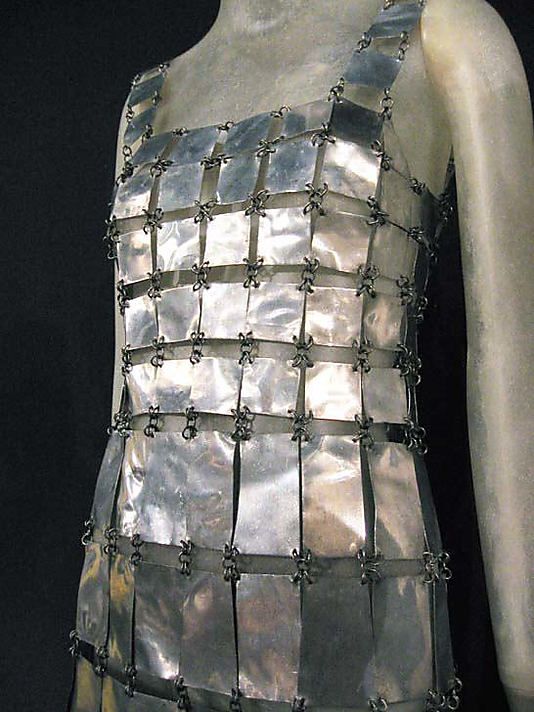
Paco Rabanne Dress. The Metropolitan Museum of Art
8 – The Legacy of 1968 in Culture
By year’s end, many dreams lay in ruins — yet culture had escaped its old enclosures forever.
— Art had become an action.
— Film had become philosophy.
— Music had become manifesto.
— Fashion had become freedom.
— Theory had become art’s conscience.
The world of museums, galleries, and concert halls would never return to innocence.
Every installation, every conceptual piece, every protest song carries within it the pulse of that extraordinary year — a heartbeat of disobedience.
Epilogue: The Frame Remains Broken
1968 did not invent rebellion; it revealed imagination as its purest form.
When Paik’s television sets blinked for the first time in a white gallery, when Hendrix’s guitar dissolved into feedback, when students pasted posters on Paris walls, each act declared the same belief:
Art is not an escape from reality — it is the creation of a new one.
To read Part I “1968: The Year the World Erupted” click here

